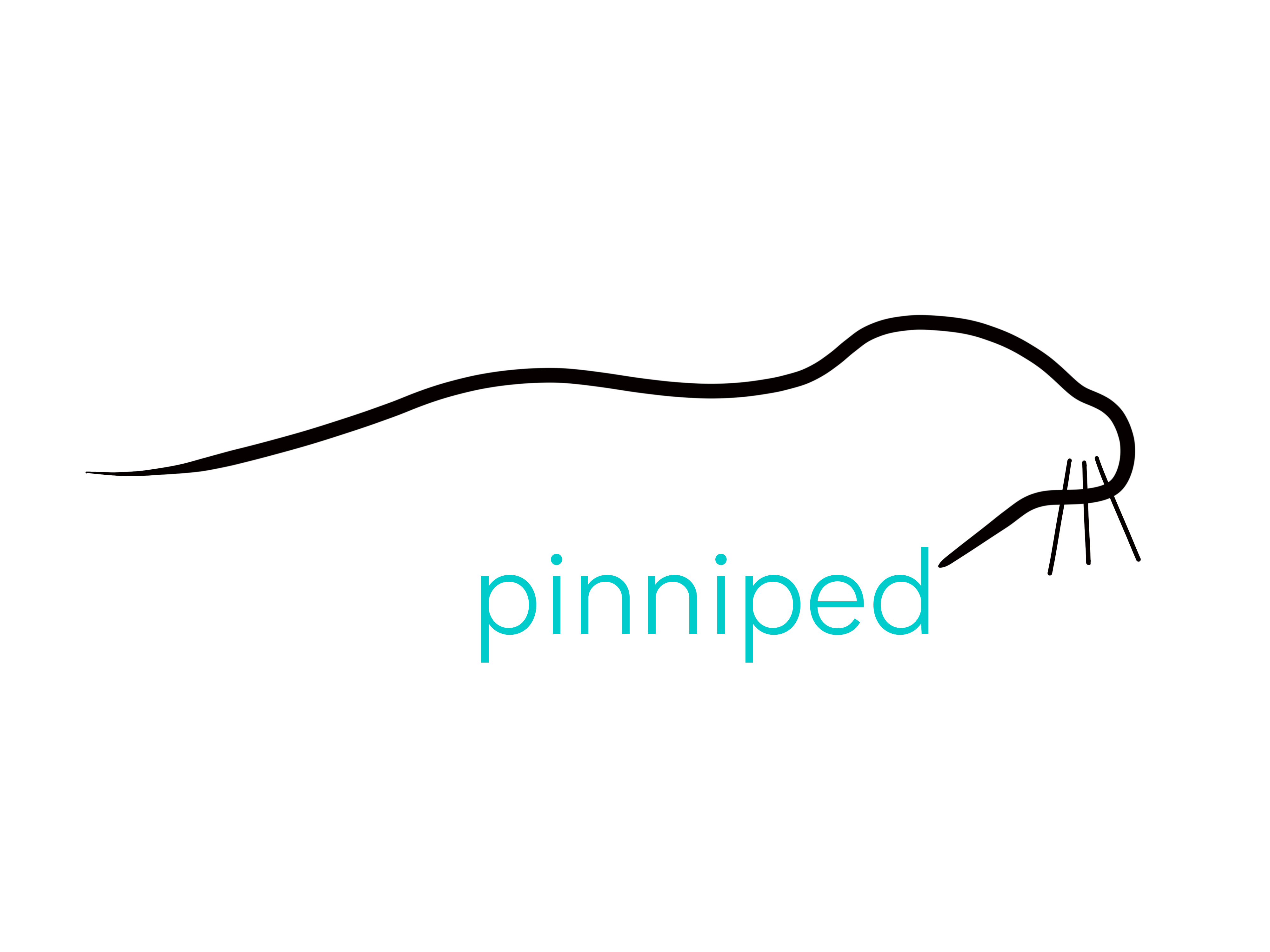Making a start on Antarctic seals this week, today we are focusing on the Crabeater Seal (Lobodon carcinophaga). These guys are found throughout the Antarctic continent, hauled out on the free-floating pack ice, and sometimes turning up even further afield.
Unlike their name would suggest, the diet of the Crabeater Seal does not normally consist of many crabs! Instead, the seals prefer to feed on krill, which is their specialism. Now while many baleen whales love krill, and use their baleen plates to filter the tiny organisms from seawater, the Crabeater Seal employs a similar technique with its specially designed teeth. The teeth of these seals are ‘lobed’ meaning that they have small nodules. When the teeth slot together, small gaps are left which can enable liquid to escape, so when a mouthful of krill-filled water is taken in, the seal can snap its jaws shut and trap its prey, while the seawater flows out just like a sieve! The scientific name, Lobodon, even refers to these lobed gnashers. Of course with climate change and retreating ice, and the threat of lessening stocks of krill, it may be that Crabeater Seals have a hard time in the future, but luckily there has been evidence that in sparse times they are able to adapt their diet by supplementing with fish and squid as well. Numbers of L. carcinophaga are not accurately known, but it is thought are somewhere around 8, 000, 000 individuals, with the potential for it to be vastly higher. This makes them a species of Least Concern and actually the most abundant pinniped on the planet! This fact should help the plight of this mammal somewhat, even if times do get hard.
L. carcinophaga are a medium to large true seal of around 2 and a half metres long. Their head is narrower and less rounded than other similar species, and also somewhat small in comparison to the rest of them. Usually they are a greyish colour through to silvery or even almost white or off-white, though sometimes they can look almost brownish. There are no distinctive marks on the pelt, but sometimes some speckling or spotting, and often scars from past battles with both mating rivals and predators at sea. One of the most fearsome predators of the Crabeater Seal is the Leopard Seal (which we will be talking about in a couple of weeks), and juvenile Crabeaters fall prey to them with remarkable frequency. It is estimated that up to 80% of first-year animals are lost to Leopard Seals, and the majority of those that survive still bear scars from past encounters and near-misses. The young Crabeaters are born with a coffee-coloured lanugo coat which keeps them warm for the first 2-3 weeks of life. These pups then moult their fluffy fur and learn to enter the sea around the same time that they are weaned off their mother’s milk.
Unusually in seals, these guys are thought to be monogamous breeders, meaning that a male mates with one female instead of multiple. The females do not haul out in huge colonies to give birth either, instead choosing to find a piece of ice and settle there singly to pup. Outside the breeding season though, they are fairly gregarious, hauling out together with hundreds of other individuals, and even swimming in synchronised groups, all diving and breathing together. Another interesting thing about the Crabeater Seal is how far they have been known to wander, not just in water! One individual was found inland over 70 miles away from the sea edge, up at nearly 1000 m above sea level! And that was not the only instance of such behaviour. They are obviously not adverse to a bit of adventuring! L. carcinophaga can live to be up to 40 years old, and once the tricky first year of life is complete, risks and dangers seem to drop off considerably, allowing them to grow and thrive. Populations of the species intermingle effectively and as such there are no segregated subspecies.
Read on! Find out more at www.pinniped.org/front-page/pinnipedia/crabeater-seal. And thanks to Amanda Warlick – the talented photographer responsible for today’s seal shot. Remember, you can also check out facts and information about all our amazing species of seal on the Pinnipedia. Just click on the seal name to go through to the relevant page. We are updating the pages all the time and hope to one day be a leading place to go for information on the world’s seals. Whether you come to help with your homework, a college project, or even some post doc research, we aim to be of help! Happy #SealSunday.
Previous articleSeals of the world, part 5: The Bearded SealNext article Seals of the world, part 7: The Weddell Seal

